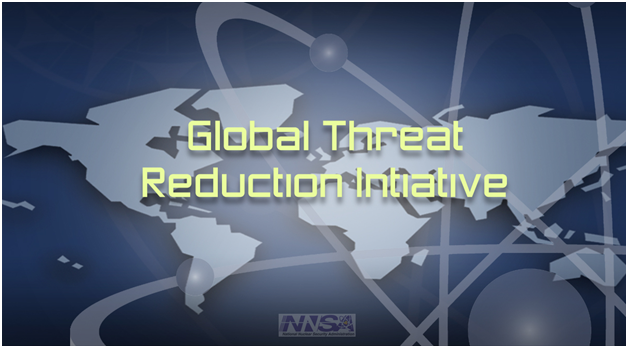There has been publicity lately touting the promise of small modular reactors (SMR). As defined by the International Atomic Energy Agency, a “small modular reactor” is a nuclear reactor with an output of less than three hundred megawatts. However, in the general usage of term, any reactor with an output of less than five hundred megawatts is considered to be a small reactor. The current discussion of SMRs refers to reactors that are built in a factory and transported to the site where they will operate. In addition to reducing on-site construction, these SMRs are intended to be more efficient in containment and more secure for nuclear materials.
While the positive attributes of SMRs are attractive, there are also a number of negatives. As with any new reactor design, a great of work, time and money will have to be spent to build and test SMRs before any could be licensed. The big question is whether it will be cheaper and safer to build two SMRs to generate a gigawatt as opposed to building one conventional reactor to generate that same gigawatt. There is also a concern that if there is a problem in the design of the reactors or in the production line in the factory, every SMR produced will have that same problem. There is a lot of money being dedicated to SMR research but some companies have decided that SMRs are not a good bet.
Babcock & Wilcox has a SMR design called “mPower.” They signed a five year agreement with the U.S. Department of Energy (DoE) for cost matching of one hundred fifty million dollars a year to develop their mPower design with the Tennessee Valley Authority (TVA) as the first customer. They hoped to see the construction of the first unit by 2022. They expected to be able to sign up other customers and to obtain major investment capital for the project.
Now, one year after the contracts were signed, B & W have not been able to find any new customers or to obtain any major investors. As a result, B & W has decided to reduce spending on mPower from one hundred fifty million dollars to a maximum of fifteen million dollars per year. B & W is currently renegotiating the contracts with DoE and the TVA in hopes of finding a way to restructure and continue the program.
The DoE has a four hundred and fifty million dollar commitment to the development of SMRs. mPower was one of two projects that the DoE is been involved in. The other project is based on the “NuScale” design for a forty five megawatt SMR. Westinghouse lost out in the competition for DoE collaboration and is scaling back its work on a two hundred twenty megawatt SMR design.
There are currently SMR development projects in other countries. Argentina is working on their twenty seven megawatt CAREM SMR design in Atucha. China is working on two one hundred and five megawatt HTR SMRs at Shidaowan. Russia is developing two thirty five megawatt KLT-40S SMRs which they intend to install on a barge to create the Akademik Lomonosov floating power plant that can be towed to where ever it is needed.
While these projects are interesting, SMRs are too little and too late to make much of an impact on the global nuclear industry.
Babcock & Wilcox diagram of the mPower Small Modular Reactor:






